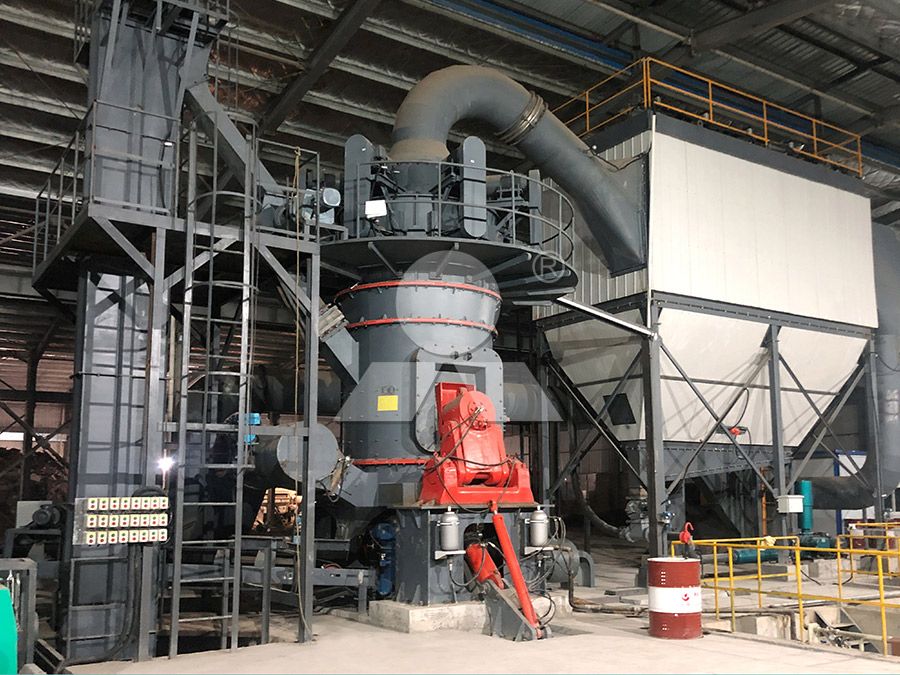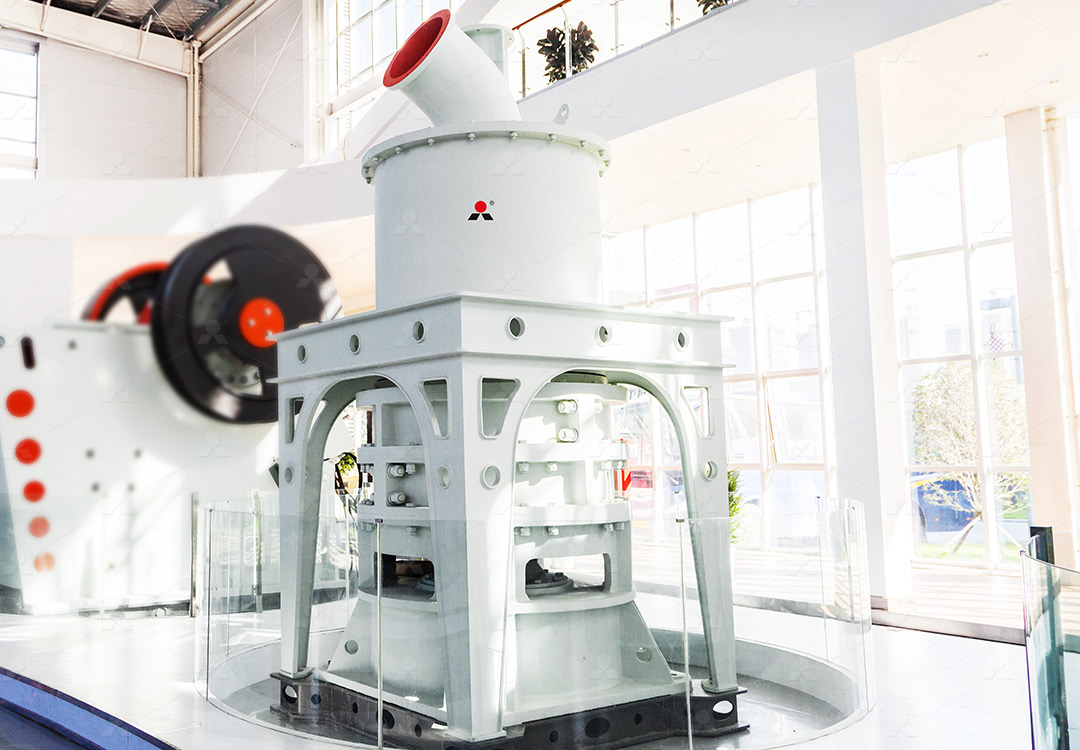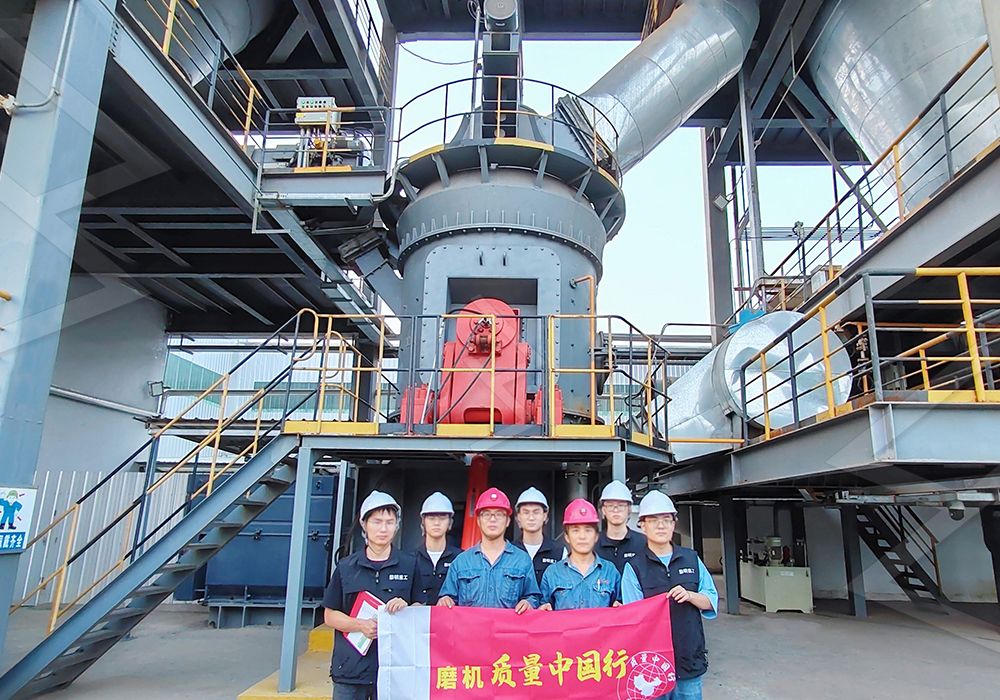Chinese Gypsum Vertical Roller Mill: Efficient Grinding Solution for Plaster Production
Revolutionizing Plaster Manufacturing Through Advanced Grinding Technology
The plaster production industry faces continuous pressure to improve efficiency while maintaining consistent product quality. Traditional grinding methods often struggle to meet modern demands for fine particle distribution and energy conservation. This is where Chinese vertical roller mill technology has emerged as a game-changing solution, offering superior performance specifically tailored for gypsum processing applications.

Vertical roller mills designed for gypsum processing incorporate several technological advantages over conventional grinding systems. The vertical configuration allows for simultaneous drying and grinding operations, which is particularly beneficial for gypsum that often contains moisture. This integrated approach eliminates the need for separate drying equipment, reducing both capital investment and operational costs.
Technical Superiority in Gypsum Processing
What sets modern vertical roller mills apart is their ability to produce precisely controlled particle size distributions essential for high-quality plaster products. The grinding mechanism applies both compression and shear forces to the gypsum material, resulting in more uniform particle shapes compared to impact-based grinding systems. This particle morphology directly influences the workability and setting characteristics of the final plaster product.
For operations requiring ultra-fine gypsum powder for specialized plaster applications, the MW Ultrafine Grinding Mill represents cutting-edge technology. This advanced mill system achieves remarkable fineness levels between 325-2500 meshes while maintaining impressive production capacities of 0.5-25 tph. Its innovative design eliminates rolling bearings and screws within the grinding chamber, significantly reducing maintenance concerns and potential contamination risks.

Operational Efficiency and Environmental Compliance
Modern vertical roller mills excel in energy efficiency, typically consuming 30-50% less power than traditional ball mills for equivalent output. This energy advantage stems from several factors: the direct grinding principle reduces energy transmission losses, the integrated classifier eliminates the need for separate separation equipment, and the efficient material transport system minimizes power requirements for material handling.
Environmental considerations are equally addressed through comprehensive dust collection systems and noise reduction technologies. The enclosed design prevents gypsum dust emissions, while advanced pulse-jet dust collectors ensure workplace air quality meets stringent standards. These environmental controls are particularly important in plaster production facilities located near residential areas or subject to strict regulatory oversight.
Product Quality and Consistency
The controlled grinding environment in vertical roller mills produces gypsum powder with consistent chemical and physical properties. The short material residence time prevents overheating and subsequent dehydration of the gypsum, preserving the hemihydrate structure critical for plaster performance. Additionally, the minimal metal-to-metal contact in the grinding zone reduces iron contamination, maintaining the natural white color of high-quality plaster products.
Another excellent option for plaster manufacturers is the LUM Ultrafine Vertical Grinding Mill, which combines German powder separating technology with advanced grinding roller systems. With capacity ranging from 5-18 tph and handling feed sizes up to 10mm, this mill offers exceptional flexibility for various production requirements. Its reversible structure simplifies maintenance operations, while the multi-head powder separating technology ensures precise classification of gypsum particles.

Frequently Asked Questions
What makes vertical roller mills more suitable for gypsum processing than traditional mills?
Vertical roller mills offer simultaneous drying and grinding capabilities, superior energy efficiency, better particle size control, and lower maintenance requirements. Their design specifically addresses the characteristics of gypsum material, preventing overheating and preserving the chemical structure essential for quality plaster.
How does the MW Ultrafine Grinding Mill achieve such fine powder sizes?
The MW mill incorporates advanced cage-type powder selectors using German technology, which provide precise separation control. The specially designed grinding curves of the roller and ring assembly create optimal grinding conditions for ultra-fine powder production, achieving fineness up to 2500 meshes.
What are the main maintenance considerations for vertical roller mills in gypsum applications?
Primary maintenance focuses on wear parts replacement, particularly grinding rollers and tables. Modern designs like the LUM mill feature reversible structures and external lubrication systems that significantly reduce maintenance downtime. Regular inspection of classifier components and dust collection systems also ensures consistent performance.
Can vertical roller mills handle gypsum with varying moisture content?
Yes, these mills are specifically designed to process materials with moisture content through integrated hot air systems. The grinding process generates heat that assists in drying, while the air-swept principle efficiently removes moisture from the grinding zone.
What production capacities can be expected from these milling systems?
Capacity varies by model and product fineness requirements. The MW Ultrafine Grinding Mill handles 0.5-25 tph, while the LUM Ultrafine Vertical Grinding Mill processes 5-18 tph. Higher capacity models are available for large-scale plaster manufacturing operations.
